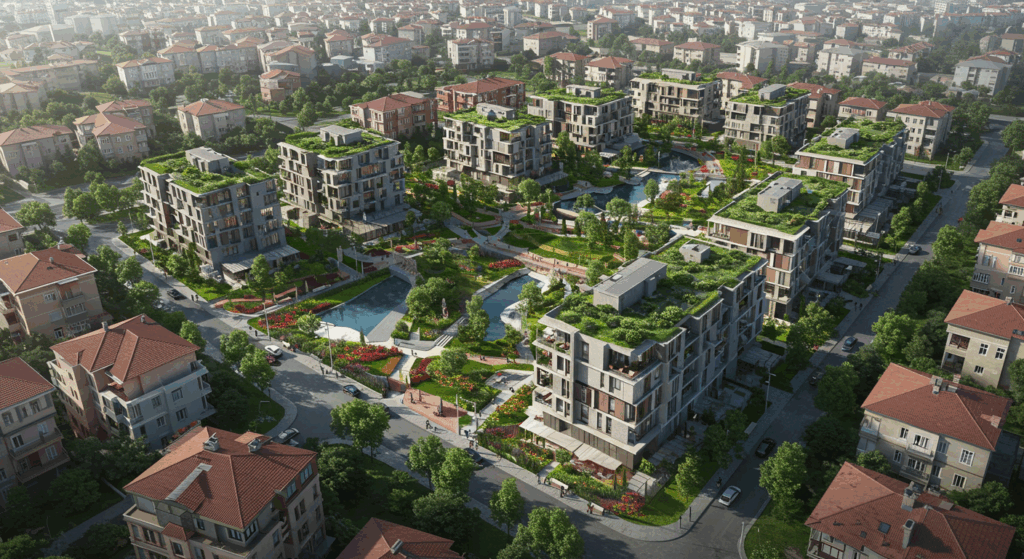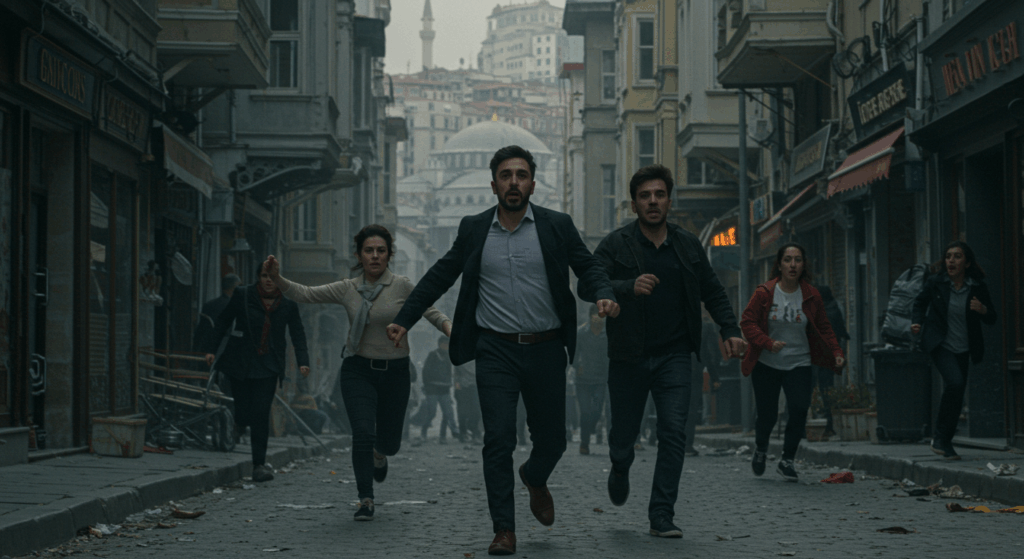The Istanbul earthquake 2025 rocked 16 million residents on April 23, a 6.2-magnitude tremor in the Sea of Marmara, 40 km southwest of the city. Over 236 were injured, mostly from panic-driven jumps, with 272 aftershocks fueling fear, per Reuters. At NovexaHub’s News category, we’re unpacking how the Istanbul earthquake 2025 exposes vulnerabilities and drives resilience. Can this megacity on two fault lines rebuild stronger? Share your thoughts on X with #IstanbulQuake2025.
Istanbul Earthquake 2025: A City Shaken

Tech Lifelines
The Istanbul earthquake 2025 highlights tech’s role in preparedness. AI early warning systems, inspired by Japan, detect quakes seconds early, per ArchDaily. Istanbul startups pilot AI to flag at-risk buildings, tackling lax construction exposed in 2023. AFAD’s app guides residents to safe zones, but high costs and low awareness limit impact. Panic caused most injuries—education must match tech to save lives.
The Immediate Aftermath: A City on Edge

The earthquake hit at 12:49 PM local time during a public holiday, catching many off guard as children celebrated in the streets. Buildings swayed, a CNN Turk anchor trembled live on air, and residents flooded parks like Macka and Eminonu, some even camping overnight out of fear. Interior Minister Ali Yerlikaya reported the quake lasted 13 seconds, with the strongest aftershock at 5.9 magnitude. While officials claimed no major damage, the fact that one abandoned building partially collapsed raises questions: how many other structures in Istanbul are silently at risk? The city’s governor shut down schools for two days to house displaced residents, a stark reminder of Istanbul’s vulnerability. With experts warning of a potential “big one” overdue, the 2025 quake isn’t just a tremor—it’s a warning.
Urban Resilience Push

The Istanbul earthquake 2025 reignites urban planning debates. With 1.5 million buildings at risk, retrofitting schools and hospitals is underway, but progress lags, per Reuters. New earthquake-resistant neighborhoods with green evacuation zones are planned, yet traffic and old structures persist as hurdles. Tokyo’s quake-proof skyscrapers inspire, but funding and corruption slow Istanbul’s path.
What’s Next?
The Istanbul earthquake 2025 demands action—smarter tech, stricter codes, and public drills. Explore more at NovexaHub’s News category.

